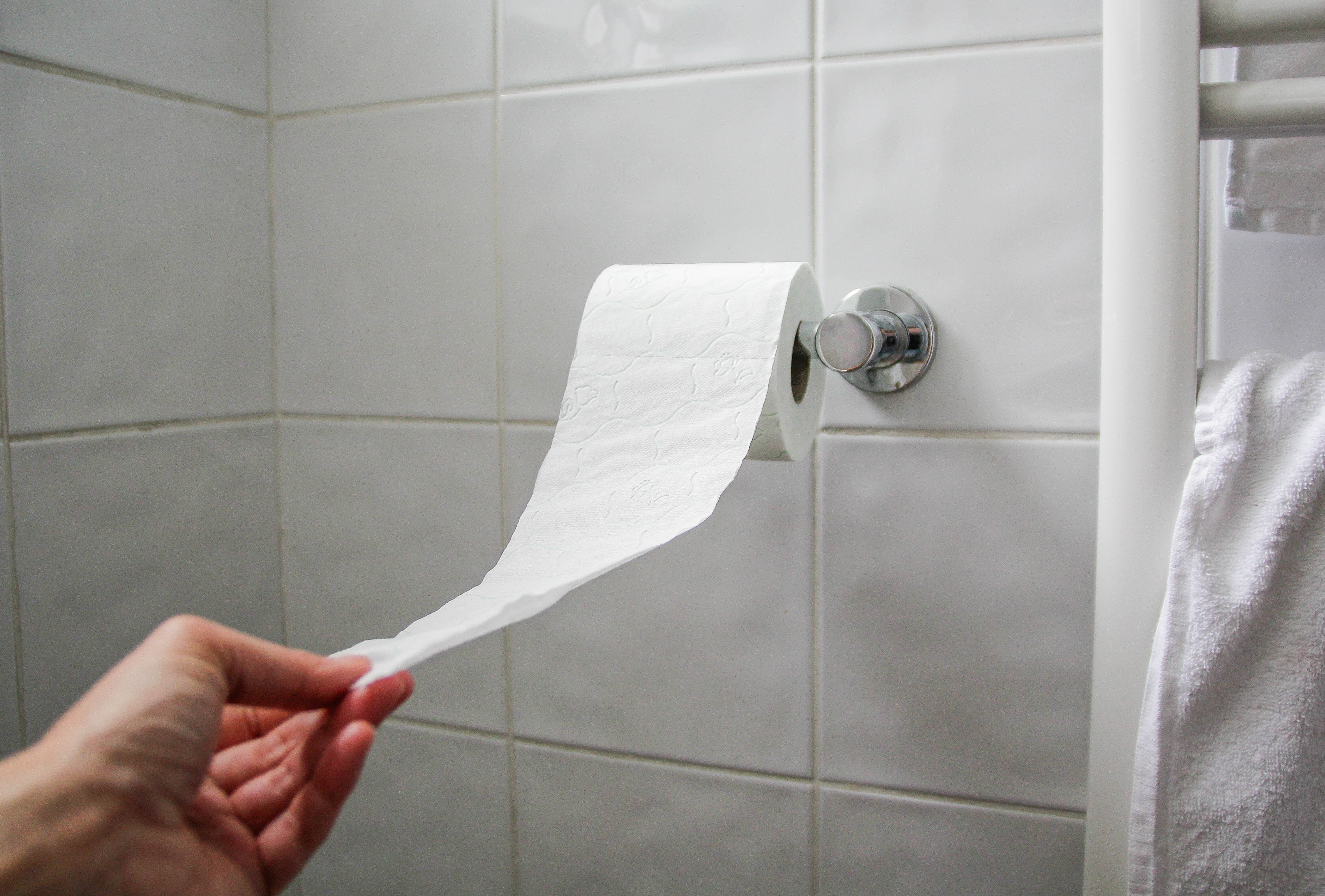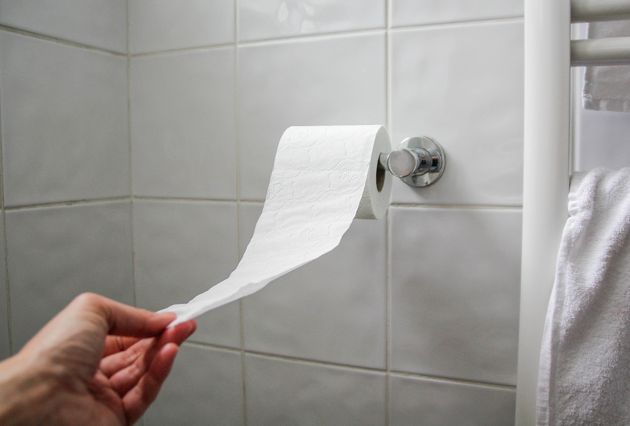
A wise philosopher once noted, “everybody poops,” and if you live in the United States and many other parts of the world, you’re probably using a toilet when you do.
So just how germy are they? And what can we do to keep our toilets, our bathrooms, and ourselves as faecal-matter-free as possible?
Advertisement
That’s what we — Raj Punjabi and Noah Michelson, hosts of HuffPost’s “Am I Doing It Wrong?” podcast — asked microbiologist Jason Tetro, aka “The Germ Guy,” when he recently chatted with us about the grossest parts of our bathrooms and how to vanquish the bad germs that might be thriving in them.
Listen to the full episode by pressing play:
“There are trillions and trillions and trillions of microbes that are essentially part of you,” Tetro, the author of “The Germ Files” and “The Germ Code,” told us. “The majority of them happen to be in your gastrointestinal system … As you might expect then, the majority of germs that we’re going to encounter in any household happen to be in the toilet.”
Many of those microbes are harmless, but some can make us sick. Even though our toilets do a great job of capturing and eliminating our waste, rogue “poo particles” (a decidedly non-scientific term Michelson used) can still escape the bowl — especially if we don’t shut the lid when we flush.
Advertisement
“This first started [to be studied in 1976], and the whole idea was, is there something that’s coming out of the toilet when you flush it if you don’t keep the lid down?” Tetro said. “[Back then we called it] a ‘plume.’ So it’s not ‘poo particles,’ it’s a plume of droplets in the air.”
Scientists placed petri dishes around a toilet, flushed it multiple times, and looked to see if anything sprouted.
“Sure enough, within six feet of that toilet, you had microbes that were growing because that’s the droplets’ span,” Tetro said.
“Let’s jump to today, because we now have had the ‘Austin Powers’ movies, and as a result of that, what are we going to use to be able to identify poo droplets? A freakin’ laser,” he said laughing.
After using lasers to map toilet plumes, scientists confirmed that they can launch as high as six feet in the air and the spray can land as far as six feet from the bowl.
Advertisement
“Within six feet of your toilet is usually your toothbrush,” Tetro noted. “When you think of it from that perspective, then you start to begin to realise that if you’re not closing the lid, then what ends up happening is that plume of droplets that contains your poo particles are getting onto things that are going to be touching your face and going inside of your mouth.”
That’s bad news because, as Tetro explained, “those fecal microbes can potentially cause infection and other problems.”
Though a partial plume could still escape from the sides of the seat even with the lid down, Tetro assured us most of the spray would be contained.
“If you keep the lid closed and you do end up with a little bit of a plume coming out of the sides, it’s just essentially gonna drop,” he said. ”[Just] make sure that you’re cleaning the floor around your toilet.”
What about cleaning the toilet itself?
“If you were to be able to swab a [toilet bowl] and then run that on a petri dish, you’re probably going to get a bunch of bacteria, but most of those are going to be environmental because it’s from the water,” Tetro said. “The reason for that is because toilets do what they’re supposed to do, which is to remove whatever is in the bowl — other than the plume — and take it down into the drain. So, in that sense, you really don’t need to worry too too much about contamination and growth and all that stuff.”
Advertisement
What we do need to worry about are biofilms, which are caused by bacteria in the water and often form as rings in our toilet bowls (and other places like our bathtubs and shower heads).
“They become very sticky and that’s where the poo bacteria can essentially start to accumulate,” Tetro said. “So what you want to do is try and prevent any of these biofilms from forming. It takes about three days to start creating a biofilm that isn’t visible, but could start being sticky. So if you really wanna be clean about it, then you want to be cleaning about every three days.”
However, Tetro said that it takes about seven days before “any of that stickiness could lead to poo sticking around,” so he advised cleaning our toilets once a week.
“The only time that I would say that you would want to do it more than that is if someone does have a gastrointestinal infection,” he added. “We’ve seen Salmonella survive in a toilet bowl up to seven weeks… [so] if you have any GI issues, then you really should be cleaning up later on that same day.”
We also chatted about the parts of our bathrooms with the most germs (they probably aren’t the spots you’d guess), how often we should be washing our towels (and the gross reason they start to smell), and much more.
Advertisement
So listen to the full episode above or wherever you get your podcasts.
Make sure to subscribe to “Am I Doing It Wrong?” so you don’t miss a single episode, including our investigations of the ins and outs of tipping, how to apologise or vanquish your credit card debt, how to find love online or overcome anxiety, tips for online shopping, taking care of your teeth and pooping like a pro, secrets to booking and staying in a hotel, how to deal with an angry person, cooking tips from celebrity chef Jet Tila, shocking laundry secrets, the tips and tricks for cleaner dishes, getting your best workout and more.
For more from Jason Tetro, visit his website here.
Need some help with something you’ve been doing wrong? Email us at AmIDoingItWrong@HuffPost.com, and we might investigate the topic in an upcoming episode.












